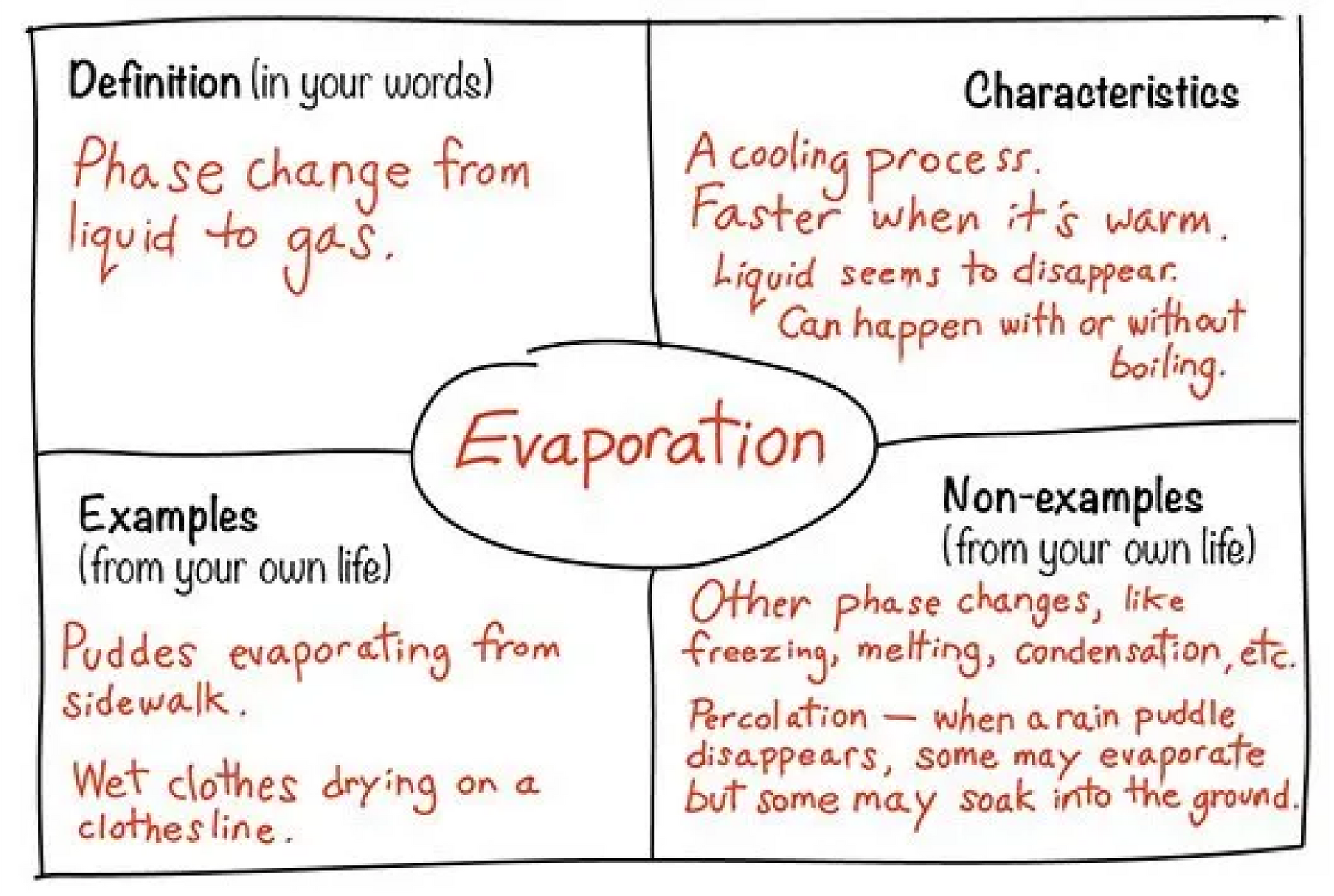Explicit Instruction
While some students acquire meanings incidentally, often these are the students who already have a large vocabulary. Sometimes, words can be learned in this way, by relying on context to convey meaning. But most students need to be explicitly taught the meanings of new vocabulary words. Occasionally, there may be a word students need to know that occurs only once but is necessary to understanding the text. In that situation, teachers should simply provide the definition when the word is encountered.
Explicit vocabulary instruction is usually essential.
In most cases, teaching vocabulary begins with explicit instruction of a word’s definition. Students in the early stages of learning English need more explicit support. So, teachers can support students by previewing the meaning of unfamiliar, crucial words they're going to encounter.
Explicit teaching of vocabulary does not just refer to definitions.
Explicit instruction can include learning how to use a word, not just what it means. Teachers should use multiple modalities, formats, and methods. Research has found that “even definitions of very high quality are often inadequate as sources of information on usage." (Nagy & Scott, 2000).
In the Classroom
What can explicit instruction look like?
Explicit Instruction: Introducing Words
- Step 1: Introduce the word and its pronunciation; students repeat chorally.
- Step 2: Provide a learner-friendly explanation of the word’s meaning.
- Step 3: Illustrate with relevant examples of how the word is used.
- Step 4: Check for understanding by asking questions and having students practice using the word in discussion.
Professional Learning Task
Decide on two words to introduce using the Frayer Model. Your words will vary depending on the grade level or subject area you teach.
The Frayer Model is a graphic organizer that helps students understand key concepts such as
photosynthesis (see below).
The word to be studied goes in the center of the model, with four quadrants around it where students write a definition, describe characteristics of the concept, and list examples and non-examples. The non-examples can be helpful because a process or entity is defined as much by what it isn't as by what it is.

